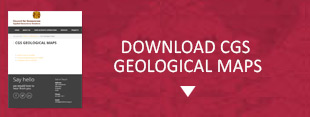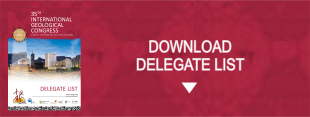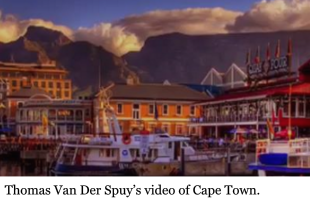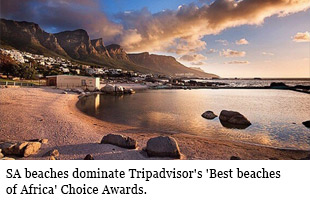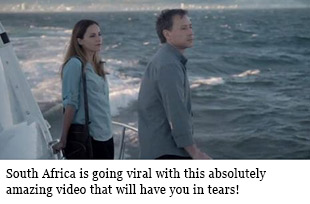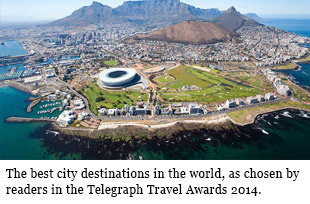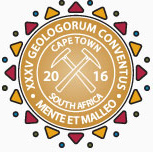
35TH INTERNATIONAL GEOLOGICAL CONGRESS
27 AUGUST - 4 SEPTEMBER 2016 | CAPE TOWN, SOUTH AFRICA
Sponsors
Keystone Sponsor
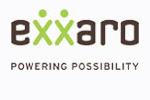

Diamond Sponsor


Gold Sponsor


Silver Sponsor
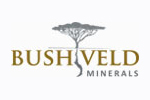

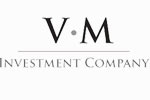
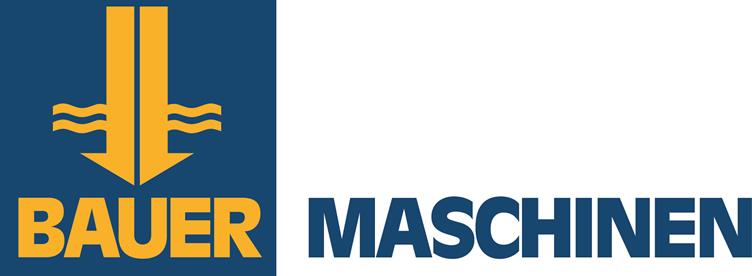




Business Centre Sponsor


Publication Sponsor




Social Function


Plenary Speaker Sponsor


Speaker Gift Sponsor


Post Graduate Fund


Registration


Welcome Drinks
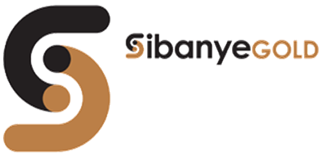

Lunch Time Drinks
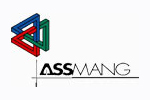

Publication &
35 IGC SAGPGF
35 IGC SAGPGF

35 IGC SAGPGF




MY IGC APP


Symposium Sponsor
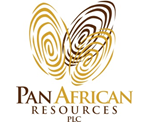
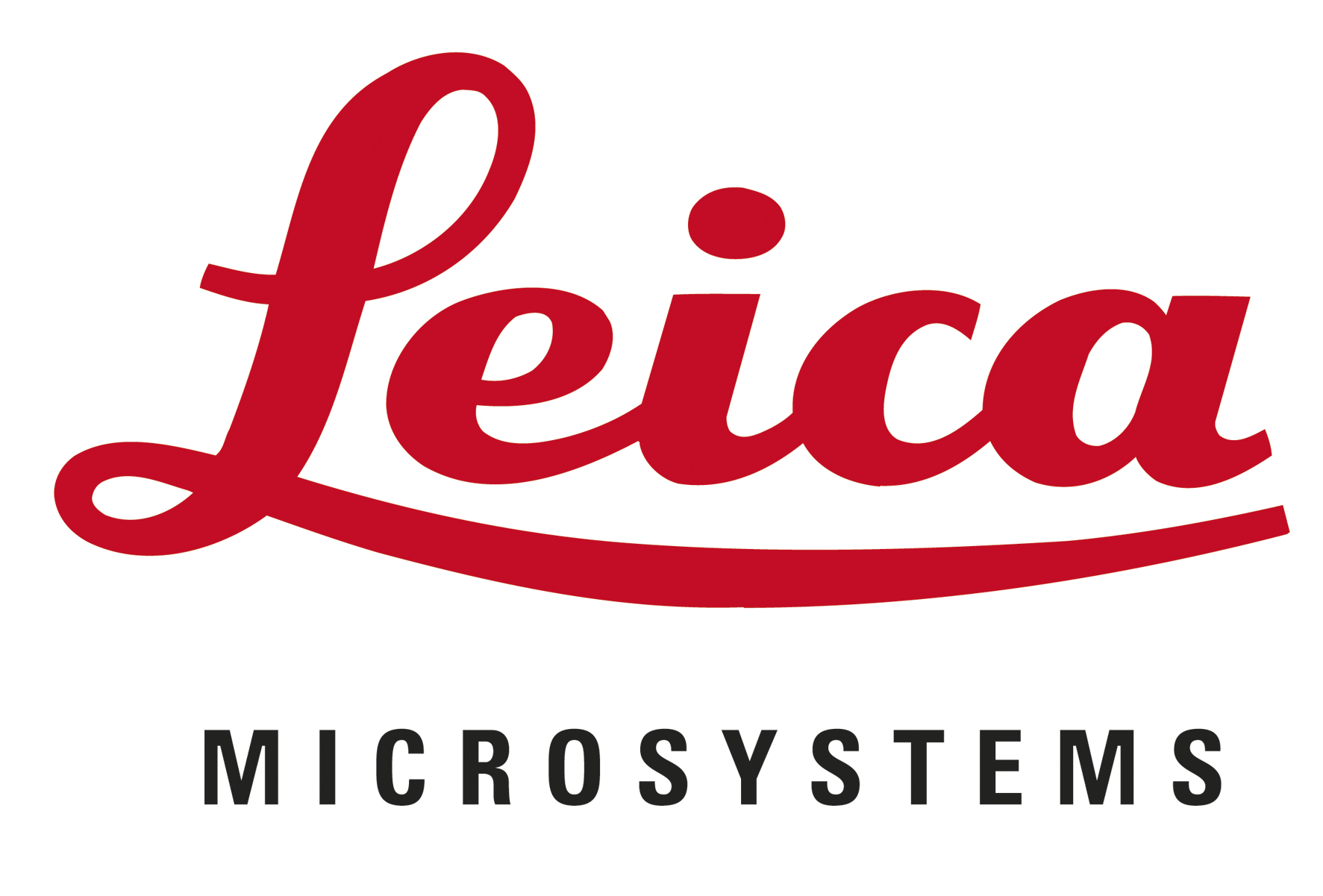


Audit Sponsor
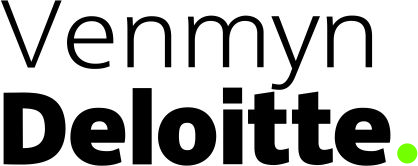

35TH INTERNATIONAL GEOLOGICAL CONGRESS
27 AUGUST - 4 SEPTEMBER 2016 | CAPE TOWN, SOUTH AFRICA
My IGC
Symposium Details
| Title | Description | Convenors |
|---|---|---|
| CGMW: one century of continent scale geological syntheses through international projects | Since its creation in 1913 at the 12 IGC in Toronto, CGMW has been promoting and coordinating the preparation and publication of Earth Sciences maps of continents, oceans, major regions of the Earth.|Making our complex geological environment understandable implies its simplification and reduction to a human scale in the form of an image to be reproduced on a paper or virtually on a screen. To reach this aim, science uses hypotheses and models. Whether at national or continental scale, geological maps result from the syntheses of more detailed maps.|The history of geological maps drawings is rooted in the history of geology. Every progress and advance fed the maps and, maps have in turn participated to the progress of the general knowledge. If geoscientists feel more comfortable using GPS for geocoded data, and if a pad often replaces paper, the principles of surveying techniques, data collection, and map reading has not thoroughly changed. Actually, a geological map is not only a painting full of nice colors to be exposed on a wall. The potential of geological maps was fostered by data processing techniques that open access to spatial information and to record on the sources maps. The geological map remains, more than ever, a key tool for geoscientists, business planners and decision makers. Therefore, it remains the place where academic research and educational purpose converge. Geological maps act as a mirror of the general knowledge and have to be periodically updated to reflect science progress. | Philippe Rossi and Manuel Pubellier |
 Field trips
Field trips  Sponsorship & expo
Sponsorship & expo  Registration
Registration Tours
Tours  Promotion
Promotion 

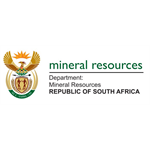












 Conference Programme
Conference Programme  Field trips
Field trips  Sponsorship & expo
Sponsorship & expo  Volunteer
Volunteer  GeoHost
GeoHost  Registration
Registration Tours
Tours  Promotion
Promotion  Publications
Publications


